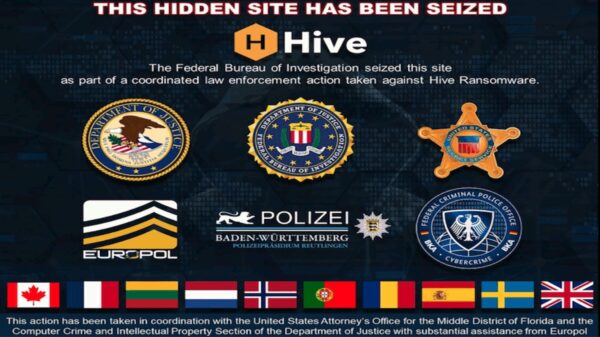Hacker Posted Video of Himself Compromising a Hospital’s Computer System on YouTube
Jesse William McGraw, a former contract security guard at the North Central Medical Plaza in Dallas, who admitted hacking into the hospital’s computer systems, was recently sentenced to 110 months in Federal prison.
 During his night shift, McGraw, a.k.a “Ghost Exodus,” 26, of Arlington, Texas, gained physical access to more than 14 computers, including a nurses’ station computer on the fifth floor and a heating, ventilation and air conditioning (HVAC) computer located in a locked room.
During his night shift, McGraw, a.k.a “Ghost Exodus,” 26, of Arlington, Texas, gained physical access to more than 14 computers, including a nurses’ station computer on the fifth floor and a heating, ventilation and air conditioning (HVAC) computer located in a locked room.
McGraw enabled remote access to the computers, and impaired the integrity of some of the systems by removing security features, thus leaving them wide open to attack. He also installed bots on several of the computers.
As the self-proclaimed leader of a hacking organization called the “Electronik Tribulation Army” (ETA), McGraw knew the severity of his actions. He even promoted hacking via homemade tutorials posted online for ETA members and other like-minded criminals.
See Also: Researchers Hack Internet Enabled TVs
Why did he do it? McGraw admits that he intended to use the bots and the compromised computers to launch DDoS attacks on the websites of rival hacker groups. Among the rivals is “Anonymous,” the hacker group currently claiming responsibility for attacks against PayPal and others in support of Wikileaks.
McGraw broke into the room containing the HVAC computer. He downloaded a password recovery tool from a website, inserted a removable storage device and then executed a program which allowed him to emulate a CD/DVD device. With remote access to the HVAC computer established, he then hacked a nurses’ station computer. McGraw made a video and audio recording of what he called his “botnet infiltration.” While the theme of “Mission Impossible” played, McGraw described his hack, step by step, including the insertion of a CD containing the OphCrack program, which allowed him to bypass all security. The FBI found the CD containing the OphCrack program in McGraw’s house and found the source code for the bot on his laptop.
While hacking into the HVAC computer, McGraw knew the risk of affecting the facility’s temperature, and the treatment and recovery of vulnerable patients. In addition, he could have affected the efficacy of all temperature-sensitive drugs and supplies. Although he denies, it, access to the nurses’ station computer could have opened the door to patient records.














